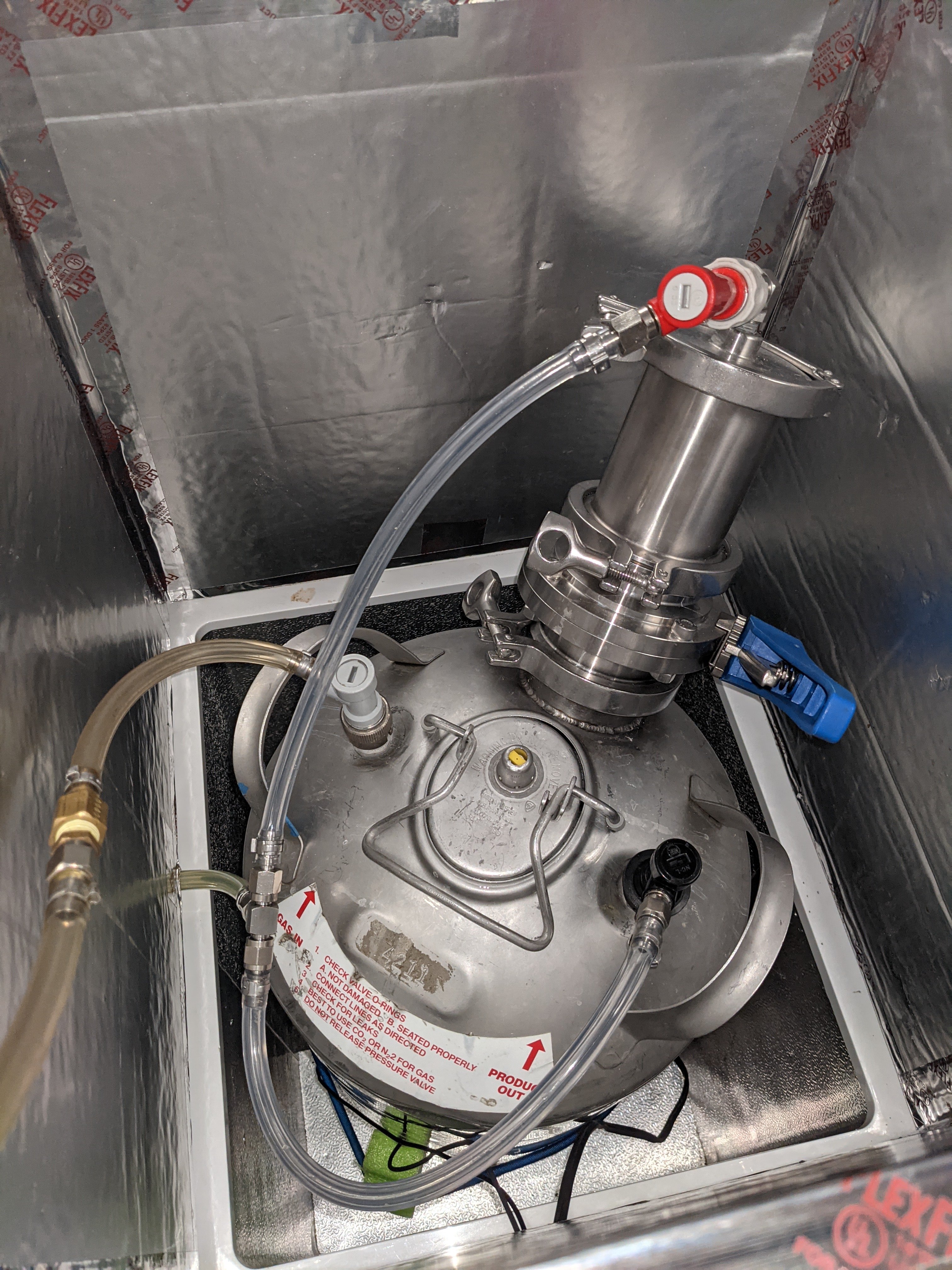skleice
Silly Acts Brewing
- Joined
- Jun 27, 2017
- Messages
- 638
- Reaction score
- 3,170
I will quickly chime in regarding boil/whirlpool importance. I recently kegged a NZ Pilsner that used only 3.75 oz in total;
- 0.4 oz at 60
-0.8 oz at 10
-0.8 oz at 5
-1.0 oz whirlpool at 170 for 30
-0.75oz dryhop
this beer is hugely aromatic and full of flavor. Granted it’s a lager and cleanly fermented so it can showcase hops better but I’m stunned with how bold the beer is. Those who’ve tried it so far genuinely think I’m lying when I tell them how little hops are in the beer, especially when I mention the measly 0.75 oz dryhop. My biggest take away from this beer is that hotside hops can have a huge impact.
Ive entered it in a competition, so I’ll what the certificated judges pick up on the hops. I will post the score sheets on here regardless.
picture Is for those who haven’t seen a clear beer in a while lol
View attachment 719665
You've motivated me to try one of these. What type of water profile did you go with?

































![Craft A Brew - Safale S-04 Dry Yeast - Fermentis - English Ale Dry Yeast - For English and American Ales and Hard Apple Ciders - Ingredients for Home Brewing - Beer Making Supplies - [1 Pack]](https://m.media-amazon.com/images/I/41fVGNh6JfL._SL500_.jpg)

























